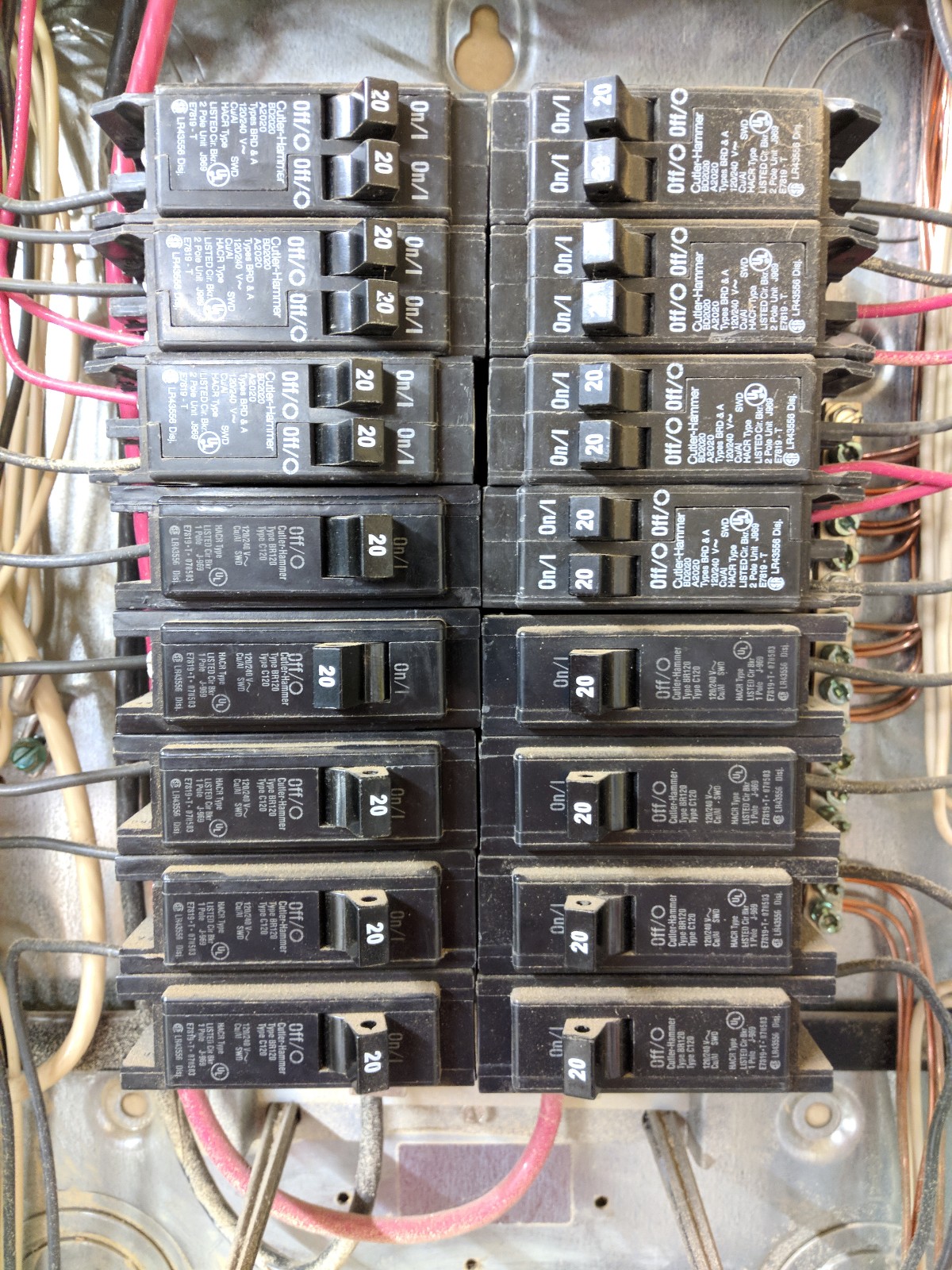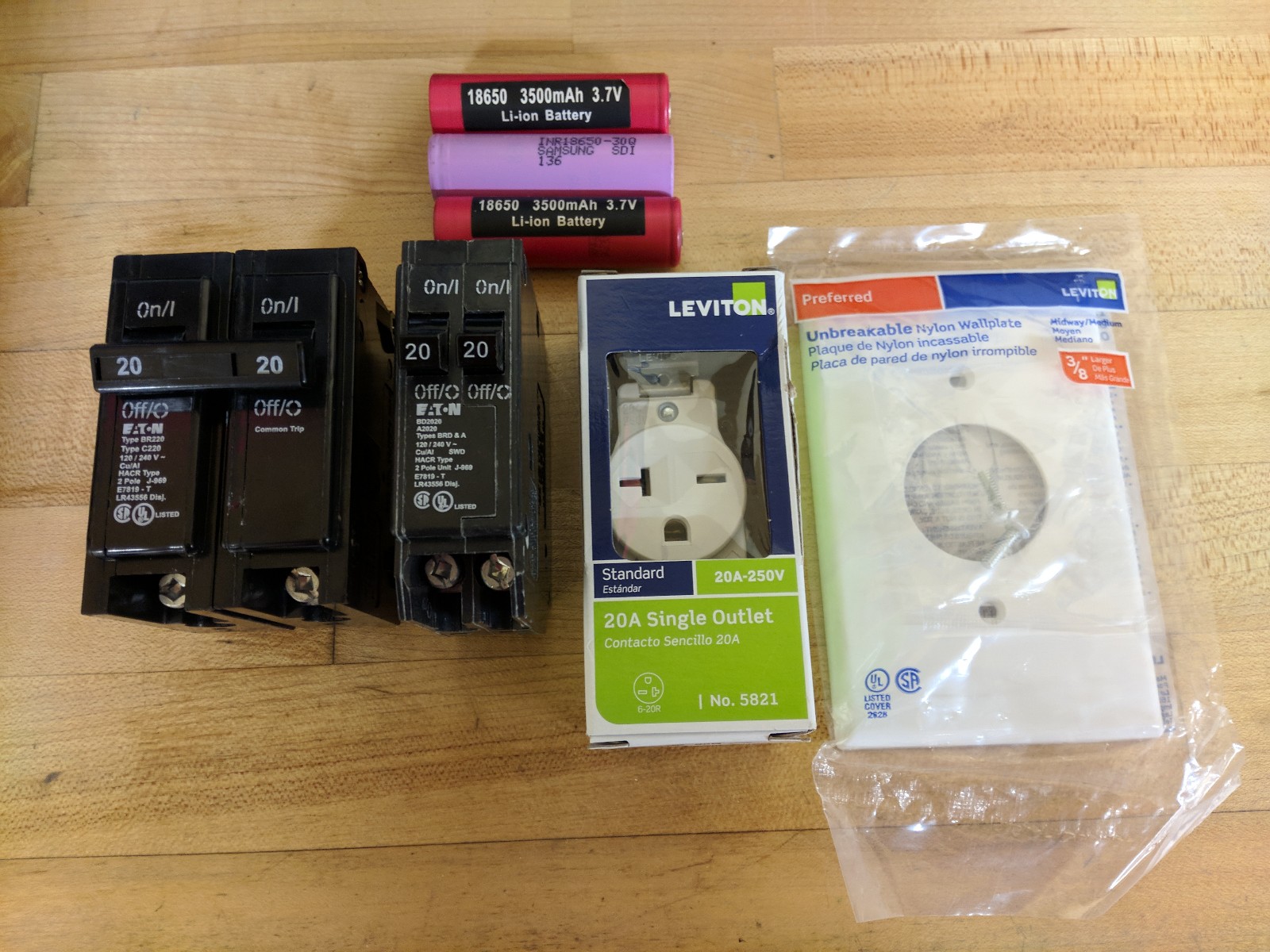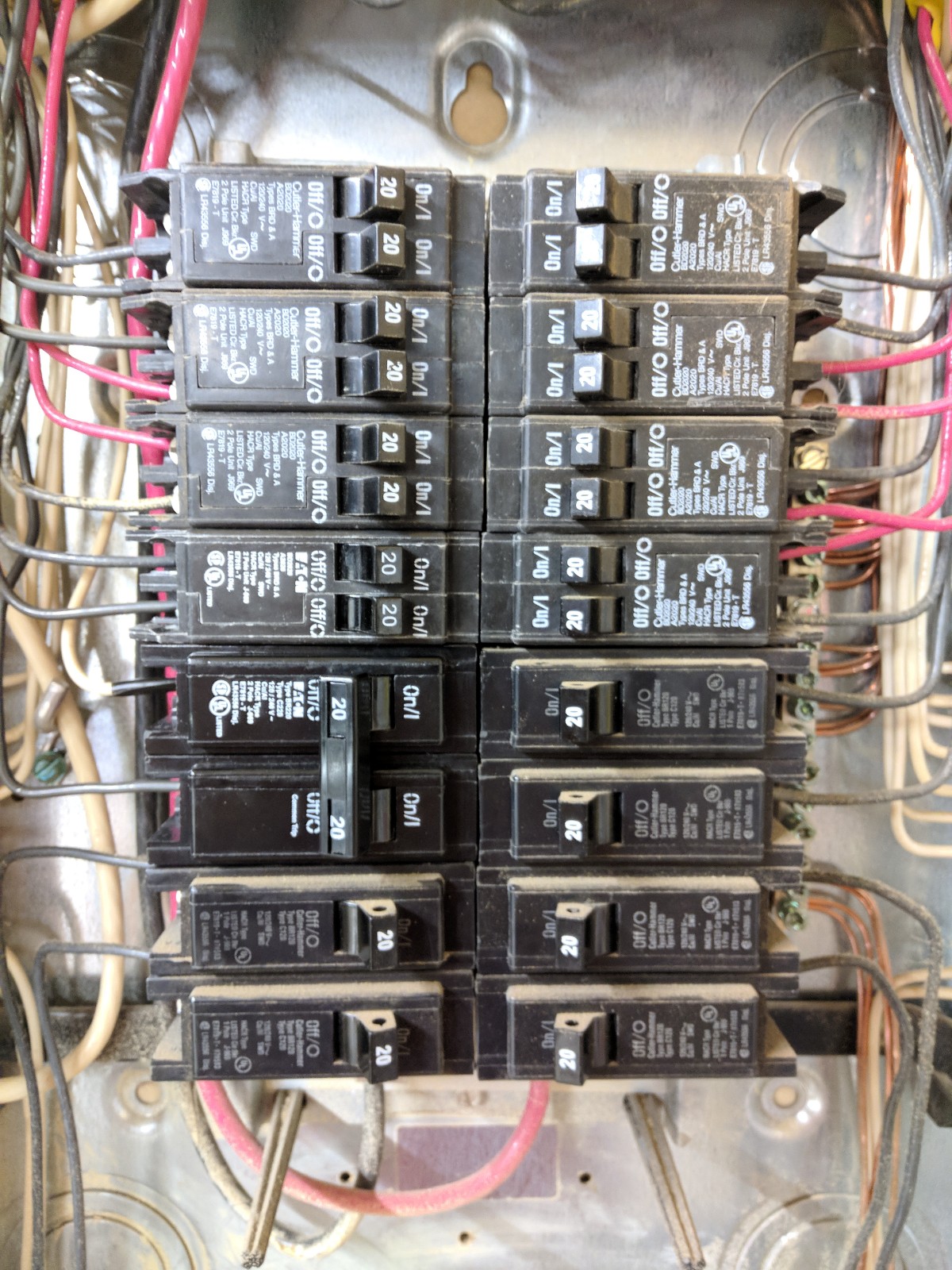carguy84
Member
220, 221 whatever it takes.It's just a name that is still commonly used. Much like a 2x4. Ever measure a two by four? It has not been 2" by 4" for the lives of most people posting here.
Same with 12 volt car batteries. They are closer to 13 volts unless discharged to the point of being useless. And the term 110 VAC is still commonly used for today's ~117-122 VAC.
FWIW, I do call it 120 and 240 VAC.
-Don- Auburn, CA





